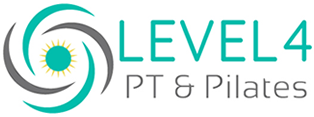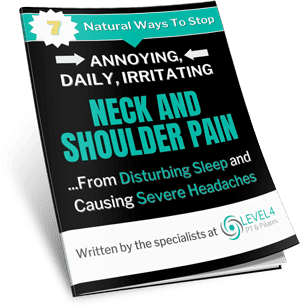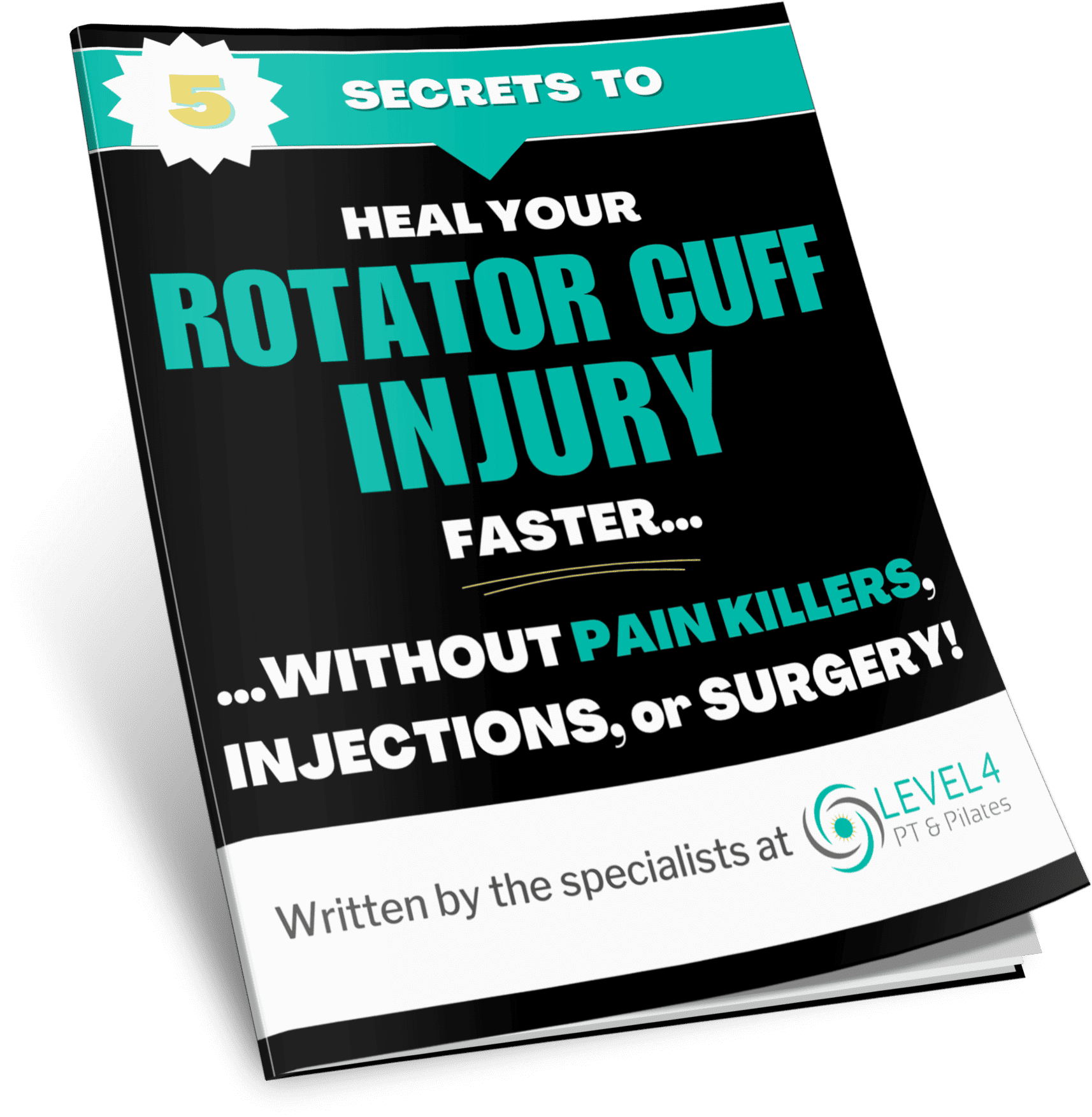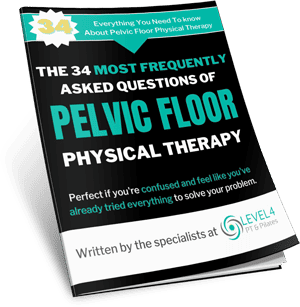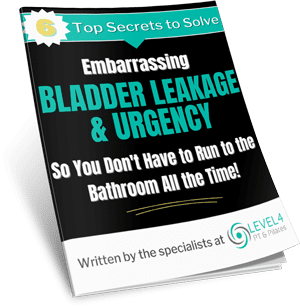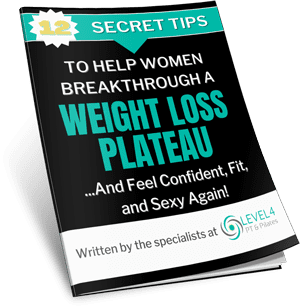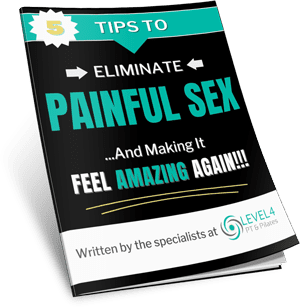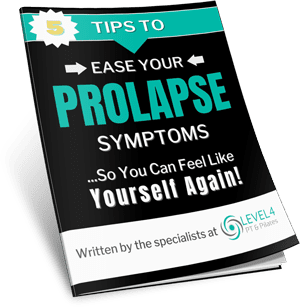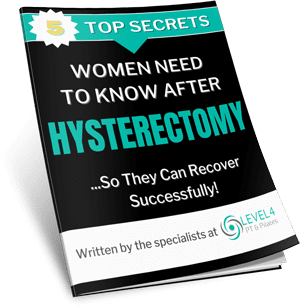
As a busy mother, nothing can be more frustrating than aches and pains that of postnatal back pain that slows you down. Lifting your kids into a crib or car seat, pushing a stroller, chasing your kids through the store when they try running away, or carrying a heavy diaper bag all puts extra strain on your back. If you haven’t fully recovered from labor and delivery or it’s been months (or even years!) and you aren’t feeling your best then read on, there are solutions to help you.
There are many reasons that may contribute to a painful back after labor. These may include:
- Posture changes: During pregnancy as the weight of the baby during that last trimester has shifted the pelvis forward and increased the curve in the lower back. This can lead to postnatal back pain if your abdominal muscles are still weak but you are still in a habitual pregnancy posture, as most of that stress still goes to your back.
- Hormonal changes: the production of Relaxin during pregnancy and beyond (even when you are nursing) increases the laxity in your joints and may continue to be in your body for up to 6 months after you stop nursing. This will require more muscle stability and control of the muscles in your pelvis and back as to take the stress off the joints.
- Carrying the baby and all the gear! There is a lot of demand with a car seat carrier, breastfeeding a baby, lifting a diaper bag, and more on your back. Without proper muscle support and the ability to recruit from your “core” during these tasks, your spine will take the brunt of it causing that postnatal back pain.
HERE ARE SOME SOLUTIONS YOU CAN IMPLEMENT NOW TO EASE POSTNATAL BACK PAIN:
Get The Stroller At The Right Height
If you have the handlebar at a height that is below your elbow height, then you’re adding to your troubles and prolonging ill health.
At this height, it means that you constantly have to lean forwards. And this is, without doubt, the worst position that you could ever be in when it comes to maintaining a healthy spine and reducing the occurrence of postnatal back pain.
When you stand (or walk) and lean forwards, there is no other position that adds more stress to your spine. You might be tempted to use the stroller as support, but this will only help for the first few minutes.
And if you don’t have your core muscles working as they should, this is one of the reasons you’re likely to suffer long-term problems.
Get Strong from the Inside Out
If you’re suffering from postnatal back pain, groin, or pelvic pain, then without having this ‘core’ group of muscles working, you’re very unlikely to be able to get back to feeling great again.
If, when you lean forwards to pick up your own baby, or when you’re out for a walk and after only a few minutes you find you need to lean on your baby’s stroller for support because your backaches or you try to go for a jog but can only manage a few minutes until your back hurts, then you’ve got a problem with your core muscle group that needs fixing fast.
Learning how to activate your pelvic floor and transverse abdominus with specific exercises like bridges, pelvic tilts, and other “core” activation exercises, not just crunches and planks. Be sure to check out this link on what else can be done to treat this condition.
Sometimes women who have diastasis recti (abdominal separation) that doesn’t heal on its own after about 4 months postpartum also see an increase in lower postnatal back pain symptoms. A recent blog we wrote discusses diastasis recti for more info.
Sleep With One Pillow
Anything more will bend your neck more than it should be and means the muscles in your back, neck, and shoulders are stretched dangerously more than they are designed to do so.
If you do like two pillows, great, the second is best placed between your knees while lying on your side. This will stop your hips rotating and will help ease back, hip, groin, and pelvic girdle pain.
When Possible, Avoid Sitting For Longer Than 20 Minutes
After 9 months of carrying around a baby, AND a pool of water, you will have a weakness in your back.
And if you sit for more than 20 minutes, you’re stressing your muscles way more than they can cope. These muscles are the core group mention in principle number one, and if you haven’t done anything to retrain them or make them strong again, you’re adding to your own postnatal back pain problem.
If you are breast-feeding, try a pillow or cushion in the small of your back for maximum comfort and support. This is a great temporary fix, but only retraining your core muscle group will allow you to sit safely for more than 20 minutes.
Get Physical With An Expert Women’s Health Physical Therapist
Easily the fastest way to settle back pain is to have it done for you by hand.
Most of the time, and on their own, exercises just aren’t enough to unlock the problem. If you have joints that have become locked, stiff, or stuck during pregnancy, there is only one way for them to become loose — and that’s by hand.
The muscles that surround your lower back, pelvic girdle, groin, and hip area will now be very tight and tense. So, deep therapeutic massage would be required to relax them. And then these joints are likely to be much easier to unlock by the right techniques. And when these joints re unlocked, you will feel much freer, looser, more relaxed, and much more like your old active self.
The techniques that a postnatal physical therapist will use prepares the body to be able to work out and exercise, meaning you are going to be much safer, have more movement, feel stronger and get your energy back fast. And if you can achieve this, you can safely put an end to your worry when leaning over to pick up your own baby.
This is even more important if you’re 30+ and have had a second child recently or thinking of having one sometime soon.
Pick Up And Carry Your Baby Correctly
One thing I need you NOT to do is to carry your baby on one hip. Don’t even fall into the temptation of thinking that it’s ok to swap hips from time to time.
You will be adding untold amounts of pressure to your hip, groin, pelvic girdle, and pubic symphysis problems.
You need to evenly distribute the weight of your baby as best you can. And often the best way to do this is with a professional carrier or sling. Call me and I can recommend a few! 760-503- 4440.
Adjust The Crib Height
Lifting your baby with a weak back is a nightmare for some ladies. Lifting from a low crib is even worse.
If you ever find yourself in a conversation that comments how heavy your baby is becoming, it’s even more important to be aware of the way that you lift him or her out of the crib, stroller, or car seat.
The core muscle group being strong is an absolute must, but you also need to consider the height of the crib. Can you adjust it? And if not, can you position yourself so that when you do lift, your legs aren’t completely straight?
If they are, your spine is doing all of the work and long-term back problems a-wait.
So there you have it, some simple solutions to ease the frustration of your postnatal back pain getting in the way of caring for your family. For more information visit our women’s health page.
- 3 Proven Ways You Can Relieve Sciatic Pain While Sleeping - September 14, 2023
- Menopause and the Impact It Can Have On Your Weight - August 4, 2023
- 5 Ways That Pilates Can Help With Back Pain - July 19, 2023
